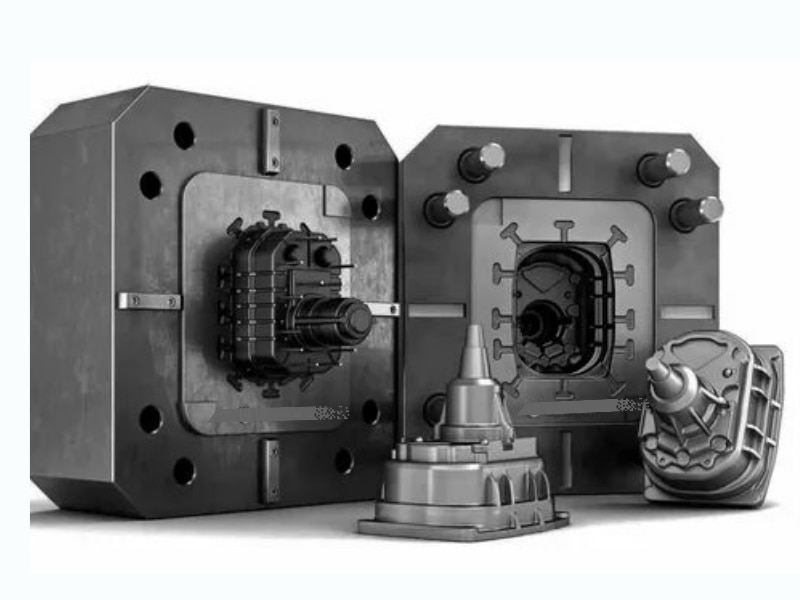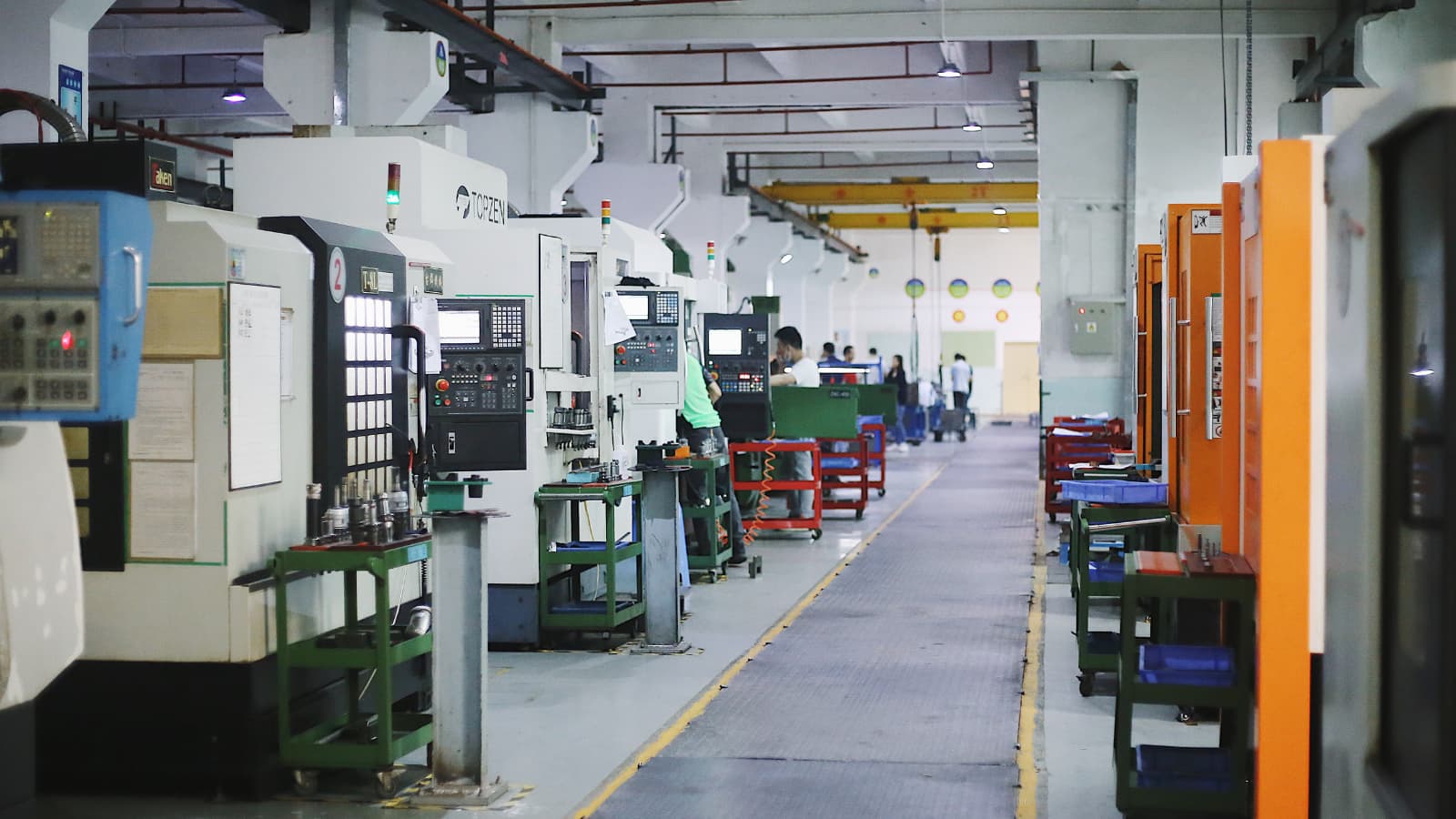Stainless steel is a popular rapid prototyping material used in different capabilities due to its durability, anti-corrosive property, strength, and other factors. It is an important material prepared by processes such as sheet metal fabrication and CNC machining for many purposes. While useful, there are a lot of stainless steel grades of which the 316 vs 316L stainless steel argument is very common.
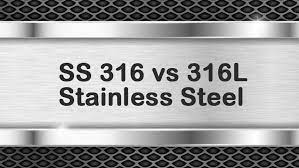
To use stainless steel, especially in relation to 316 vs 316 stainless steel, there is a need to understand the difference between the two types of stainless steel. Therefore, this article will put to rest the comparison 316 vs 316l stainless steel. It will discuss the two types of stainless steel in terms of composition and properties. It will then show the similarities and differences between 316 and 316l stainless steel. The article will also show you several factors that can help you select the right one to use.
What is 316 Stainless Steel?
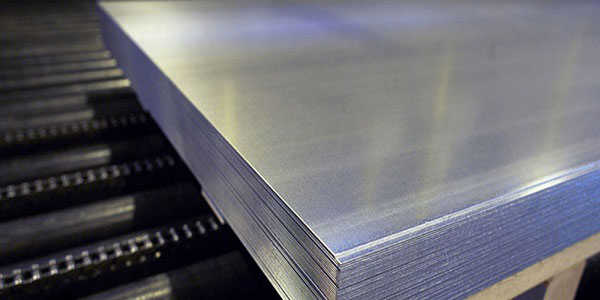
316 stainless steel or grade 316 as it is popularly called is a common alloy of stainless steel which has an austenite property. It contains a maximum carbon content of 0.08% and 2-3% of molybdenum content. The additional molybdenum is responsible for its corrosion resistance property, acidic condition use, and resistance to pitting and increased temperature.
Properties of 316 Steel
The 316 stainless steel is applicable in different rapid prototyping operations for different functions based on its properties. Below are some of its important properties:
- It has high strength so you can mold it into different shapes without cracking
- It has a high resistance to corrosion and pitting; hence it can be used to fabricate materials that will be exposed to chemicals and acids
- It has a good form and weld property
- The elastic modulus is about 193GPa
- The melting point ranges from 13710C – 13990C
- The minimum rate of its tensile strength is 515MPa
- Its density is 7.98g/cm3
Applications of 316 Steel
316 stainless steel materials are used to fabricate products employed in areas where corrosive resistance is necessary. Examples of such uses are in making heat exchangers, pieces of pharmaceutical and photographic equipment, pumps, and parts constantly exposed to the marine environment. This alloy is also suitable for evaporators and apparatus for chemical processes.
What is 316L Stainless Steel?
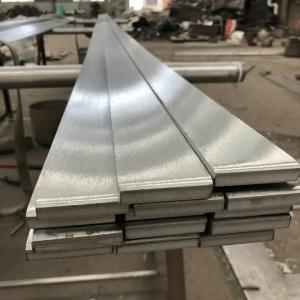
316l stainless steel or officially known as Grade 316l has a lower carbon content compared to 316 stainless steel. It contains 0.03 maximum carbon content and molybdenum in its composition. This low carbon content reduces the effect of carbide precipitation during sheet metal fabrication processes such as welding.
Properties of 316L Stainless Steel
The 316l stainless steel is also applicable in different rapid prototyping operations for different functions based on its properties. Below are some of its important properties:
- It has a large resistance to creep
- It has an excellent ability to take different forms
- At an elevated temperature, 316L ruptures and has a good tensile strength
- The most significant property of 316L stainless steel is that it has less carbon and molybdenum than 316 steel. Hence, it has better corrosive resistance compared to 316
Applications of 316L Stainless Steel
The 316l stainless steel is a common material used in the fabrication of equipment and materials by various industries including:
- Food processing and chemical industries
- Marine
- Jewelry
- Water treatment companies
- power generation
As a rapid prototyping material, it is also applicable in sheet metal fabrication and CNC machining due to its mechanical properties. In the medical world, a metal splint printed with 316L provides good mechanical properties, resistance to strain, is durable and a good aesthetic finish.
316 vs 316L Stainless Steel: Similarities
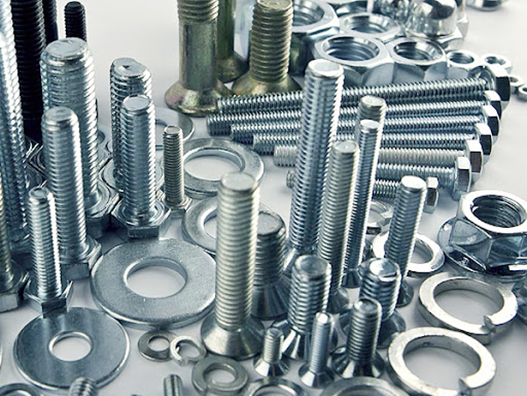
Here, we will be taking a look at some important similarities between the 316 and 316L steel. This will further help us to understand their differences and likewise aid your decision on which stainless steel to use for your project.
· They Are Anti-Corrosive
316 and 316l stainless steel both have a high level of resistance to corrosion, especially in applications where exposure to chloride is inevitable. These stainless-steel grades contain molybdenum and nickel which resists the effects of acids and chloride.
· Chemical Composition
They also have similar chemical compositions of their constituent elements. However, the composition of carbon is different.
· High Flexibility
The 316 and 316L have excellent flexibility. Therefore, they can be easily machined and fabricated into diverse shapes. They can also withstand production processes like stretching, piercing, bending, spinning, and other processes without sustaining cracks.
· Weldability
Due to its high strength, it is a good choice in applications that involves a lot of welding in its fabrication processes. They can be processed into different shapes without problems for use in your projects.
· Pricing
Even with a slight variation in their carbon content, the cost is not a limiting factor in the 316 vs 316L stainless steel comparison. Both grades of stainless steel have almost identical pricing.
316 vs 316L Stainless Steel: Difference Between 316 and 316L Stainless Steel
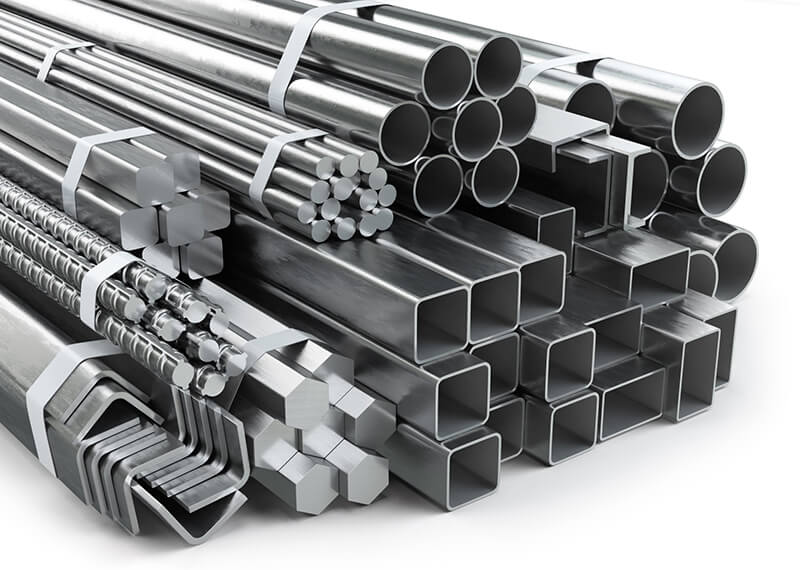
While both variants of stainless steel have similar qualities, you may wonder what is the difference between 316 and 316L stainless steel. In this section, we will dive into various factors that differentiate 316 vs 316l stainless steel.
· Corrosion Resistance
Compared to 316, 316L stainless steel has a higher resistance to corrosion from chlorides and acids. This is because it has more molybdenum and less carbon. Therefore, 316l stainless steel is a better choice for your project as it can withstand a higher rate of exposure to environmental factors, chemicals, and acid.
· Low Carbon Content
In fabrication where a lot of welding takes place, 316l stainless is a better choice because it has a lower carbon content than 316. This is the most important difference between 316 and 316L stainless steel. Consequently, there is a reduction in carbide precipitation, a condition that may lead to decay after welding. This makes 316L a better choice in applications that require a lot of welding.
· General Mechanical Properties
316 stainless steel has better mechanical properties compared to 316L stainless steel. It is harder, ductile, and has more tensile strength than 316L.
SS 304 is also popular in rapid prototyping, but what are the differences between SS 304 and 316? Check out the comparison guide between 304 and 316 stainless steel.
316 vs 316L Stainless Steel: Selecting the Right One
Depending on your project’s need, it is necessary to consider the following factors in terms of choosing when comparing 316 vs 316L stainless steel.
· Corrosion Resistance
The main difference between 316 and 316l stainless steel is in their carbon content. The 316L stainless steel compared to the 316 variant has a lower carbon content. Therefore, in terms of use, for example, use related to corrosion, 316L is more capable than 316 stainless steel.
· Cost
Cost is an important factor in selecting any grade of steel. However, even cost in the 316 vs 316L stainless steel comparison is not a limiting factor since they have a slight difference in their carbon content. Therefore, your choice should be dependent on the need for your project.
· Magnetic Properties
316 stainless steel is non-magnetic as it shows a negligible response to magnetic fields. However, with further processing like welding, the crystalline structure of some 316 stainless steel can be altered which makes it inclined to some magnetism.
· The Manufacturing Process
Depending on the sheet metal fabrication or CNC machining process you are using, you have to know about 316l stainless steel vs 316 stainless steel comparison before selection. For example, if in your sheet metal design plan, the process to use is welding, a sheet metal design tip is to avoid using stainless steel with a higher carbon content as it may lead to cracks (hot brittleness) after it cools down. Therefore, you should use one with lower carbon content. From the properties mentioned, 316L stainless steel has low carbon content.
· Mechanical properties
Both variants are good types of sheet metals. Based on the mechanical properties (ductility, tensile strength, and hardness) of both alloys, 316 stainless steel has better properties than 316L. Therefore, your choice between these steels depends on what your project requires.
Comparing 316 vs 316l stainless steel can be a little cumbersome. If all you need is to get the job done, and you are looking for quality materials, RapidDirect is your best choice. At RapidDirect, we offer our clients around the world the best quality of 316 and 316L stainless steel amongst a wide range of stainless steel products. Also, with our years of expertise and top-notch customer satisfaction, we remain one of China’s superior online rapid prototyping service providers.
Our efficient and dedicated team of experts at RapidDirect work with our clients to ensure that their project needs and demand are met using the best quality materials and processes to actualize your projects.
FAQ
The “L” in 316L simply means “low” which refers to the low carbon content of 0.08% max in 316L stainless steel. This is a major difference between 316 and 316l stainless steel and it determines the operation it is used for. For example, for projects that require the use of stainless steel that is resistant to cracks, the 316L stainless steel is a better choice because of its low carbon content.
The 316L stainless steel contains molybdenum which increases its anticorrosive nature. This helps to prevent rust when used in the fabrication of products exposed to environmental conditions such as like air, and also chloride, and salt.
When used in fabrication, the 316L steel may not cause an allergic reaction for most people because it contains a little amount of nickel. This makes it hypoallergenic and a great choice of use in fabricating medical equipment and jewelry.
Conclusion
Depending on your project’s need, the type of steel you employ is important. Therefore, there are many arguments and comparisons in terms of steel grades. A popular comparison is the 316 vs 316l stainless steel. Both grades are employed are machined in different scenarios which shows the difference between 316 and 316l stainless steel. To explain the difference between 316 and 316l stainless steel, this article discussed the two variants, their properties, and their applications. It then showed the similarities and differences between 316 and 316l stainless steel and how to select the right one when thinking of 316 vs 316L stainless steel.
